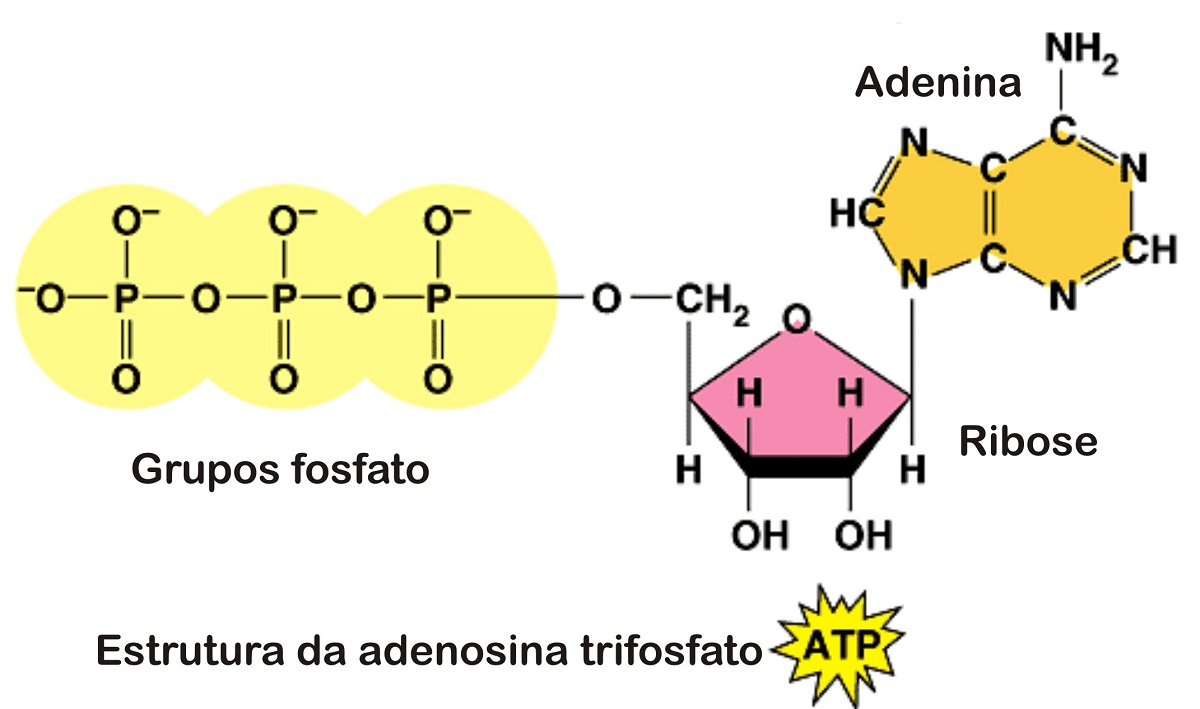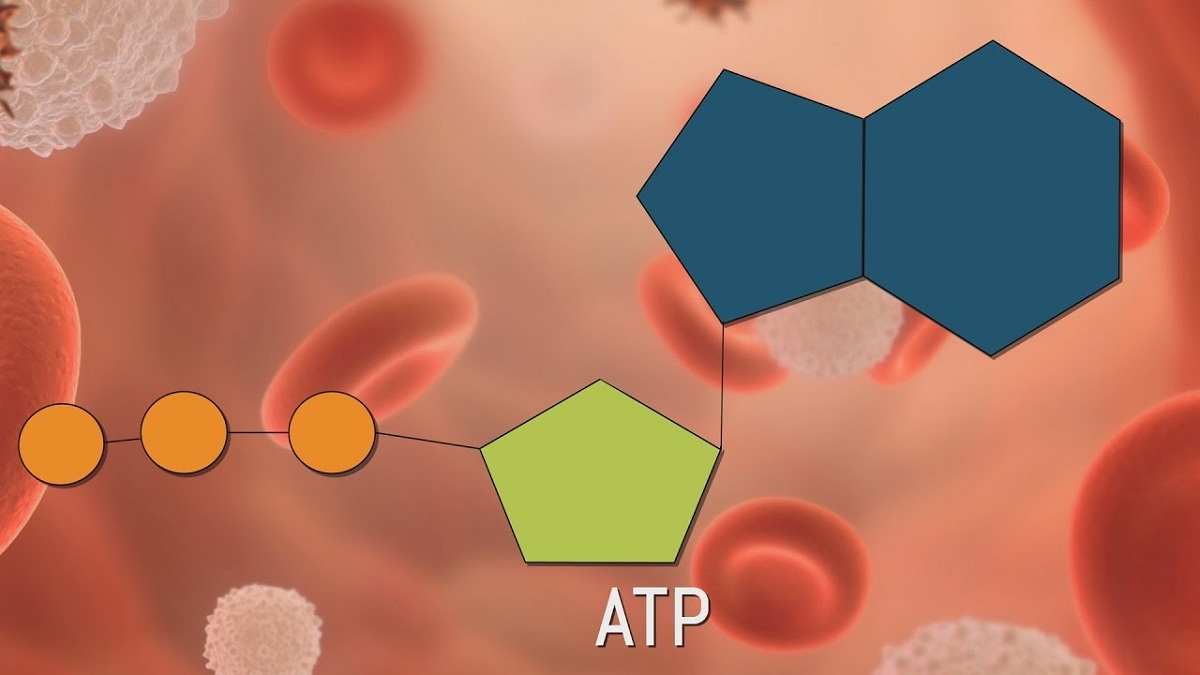
When we talk about molecules, biology and energy, a concept always comes to us that is known by the name of ATP. It is the molecule that always appears in almost all the biochemical reactions of living beings. Not everyone knows what ATP is and what its main functions are.
Therefore, we are going to dedicate this article to tell you about all the characteristics, function and importance of ATP.
Key features

We are talking about a molecule that was in almost all the biochemical reactions that living beings have. Chemical reactions such as glycolysis, Krebs cycle. His inseparable companion is the ADP and it also plays an important role in all these biochemical reactions.
The first of all is to know what ATP is. It is the nucleotide adenosine triphosphate and is the most common and universal energy-rich intermediate. As its name indicates, it is made up of an adenosine group, which in turn is made up of adenine and ribose, and a triphosphate group. The main characteristic is that the phosphate groups it contains ATP have three phosphate units that electrostatically repel each other. This is because phosphorous atoms are positively charged, while oxygen atoms are negatively charged.
When we talk about electrostatic repellency, we mean that they behave the same as when we want to join two magnets by both positive poles or by both negative poles. We know that opposite poles attract, but like repel each other.
ATP function and storage

We are going to see what the main function that ATP has in our body and why it is so important on the planet. Its main function is to serve as an energy supply in almost all biochemical reactions. Normally, all of these biochemical reactions are necessary for life and occur inside the cell. Thanks to these biochemical reactions, the active functions of the cell can be maintained, such as the synthesis of DNA and RNA, proteins and the transport of certain molecules through the cell membrane.
When we go to the gym during the first seconds that we lift the dams, it is ATP that gives us the necessary energy for it. Once the exercise lasts for more than 10 seconds, the muscle glycogen is in charge of overcoming the resistance that we are putting on it.
One of the fundamental aspects to know the operation of ATP is to know how it stores energy. To hold the bonds between the phosphates together in a triphosphate group takes a lot of energy. Specifically, 7.7 calories of free energy are needed for every mole of ATP. This is the same energy that is released when ATP is hydrolyzed into ADP. This means that it loses a phosphate group due to the action of water and a large amount of energy is released.
We are going to return to the analogy used of the magnet to be able to explain well the operation of ATP. Let's think that we have two magnets that are faced by their positive pole and are joined by wax or glue. While the wax is perfectly solid, the magnets are still attached even though in their original condition they should repel each other. However, if we start to heat the wax, the two magnets break the bond that holds them together and separate releasing energy. Therefore, we can say that the energy is stored on the sidewalk which is the bond of both magnets.
In the case of this molecule, energy is stored in bonds that hold the phosphate molecules together. These bonds are known by the name of pyrophosphate. Another way of calling these bonds is anhydrous or high energy bonds.
How ATP gives up energy

We have already mentioned that this molecule is the main one in charge of supplying energy to organisms. However, not everyone knows how this energy gives up so that it can be used in various activities. To do this, ATP gives a terminal phosphate group of high energy content to a group of acceptor molecules such as sugars, amino acids and nucleotides. When phosphate terminal is released, it is converted to adenosine diphosphate, i.e., ADP. This is when a binding phosphate group is released on the acceptor molecule. In this process there is a phosphate group transfer or phosphorylation that should not be confused with oxidative phosphorylation, which is responsible for forming the molecule.
Phosphorylation increases the free energy level of the acceptor molecule and is why it can react exergonically in biochemical reactions that are catalyzed by enzymes. Enzymes are responsible for ensuring the most accelerated functioning of biochemical reactions. A reaction is exergonic when the Gibbs free energy variation is negative. Namely, this change in energy from the hydrolysis or transfer of the phosphate group is -7.7 kcal. The adenosine triphosphate molecule can release energy through hydrolysis. In this case, we see how the water molecule is responsible for attacking one of the bonds between the phosphate groups to give either a phosphate group and ADP.
How it is created
Let's see what are the main steps by which ATP is created. Cell respiration point through the electronic transport chain is the main source of creation. It also occurs in photosynthesis that takes place in plants. Another of the forms or routes of creation is during glycolysis and during the citric acid cycle, also known as the Krebs cycle.
ATP formation takes place by phosphorylation of ADP thanks to the action of arginine phosphate and creatine phosphate. Both act as special reserves of chemical energy for faster phosphorylation to occur. This is the process that we have mentioned above and is known as oxidative phosphorylation. Both creatine and arginine are known as phosphagens.
I hope that with this information you can learn more about the ATP molecule and its functions.